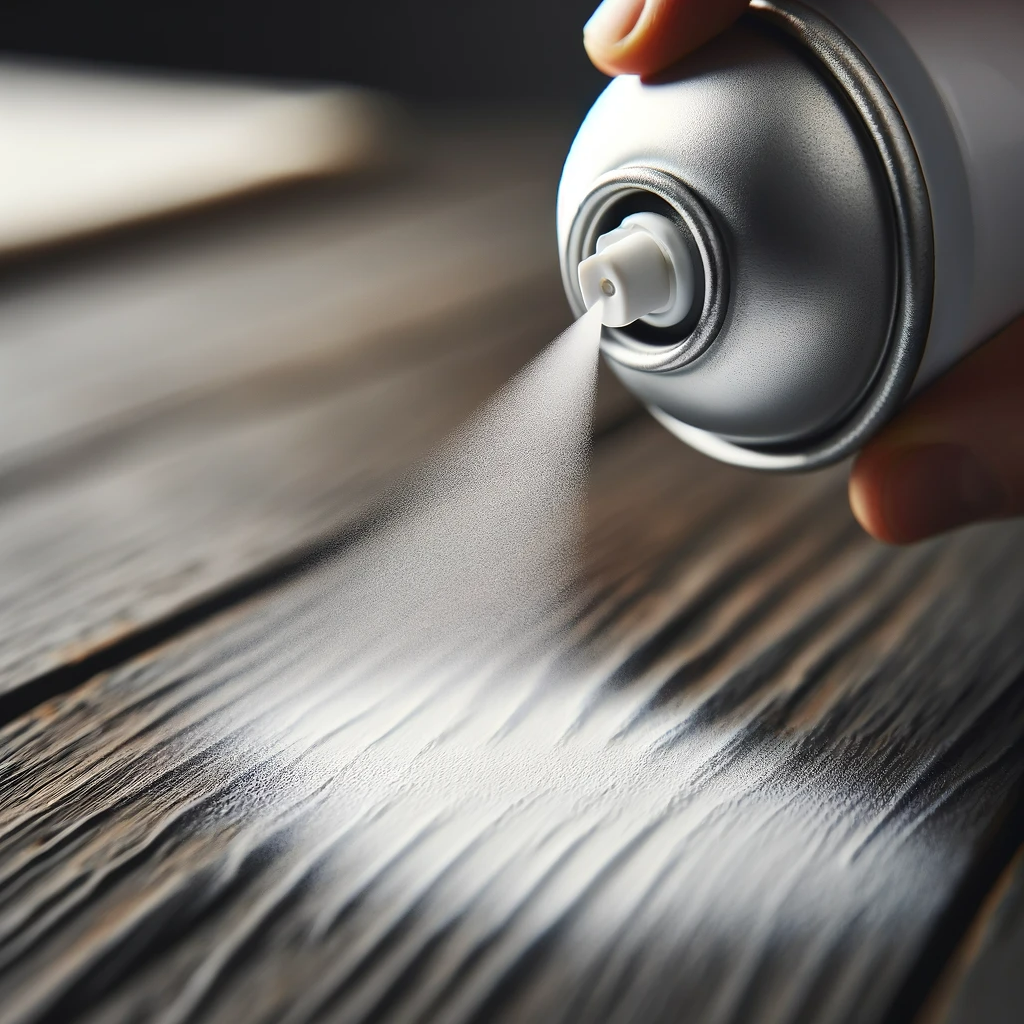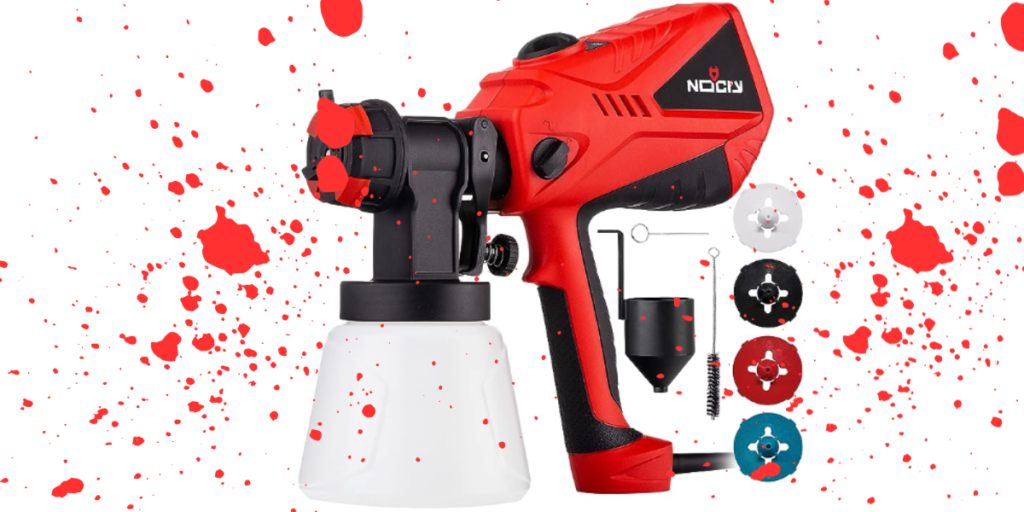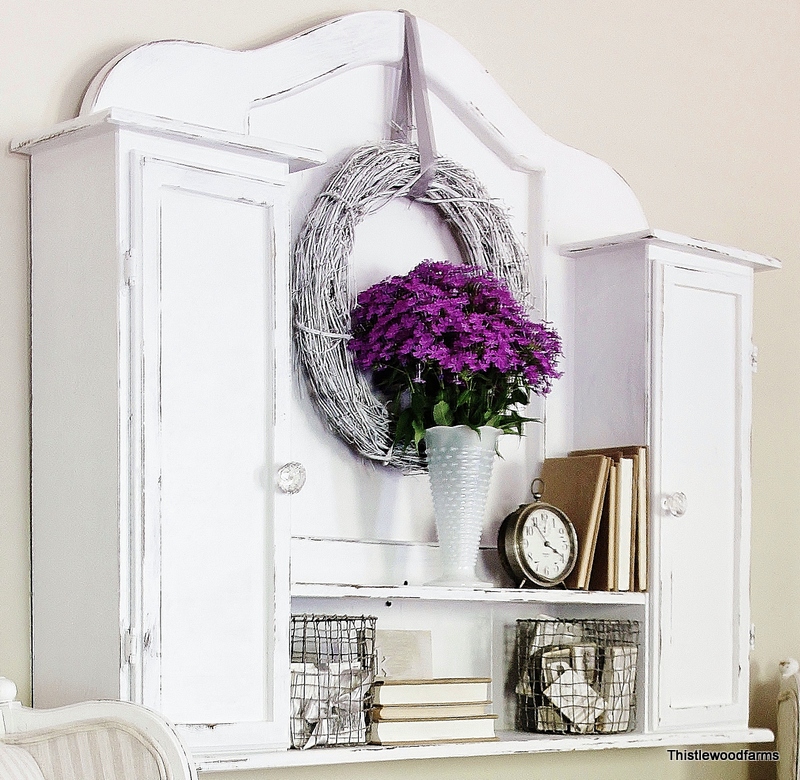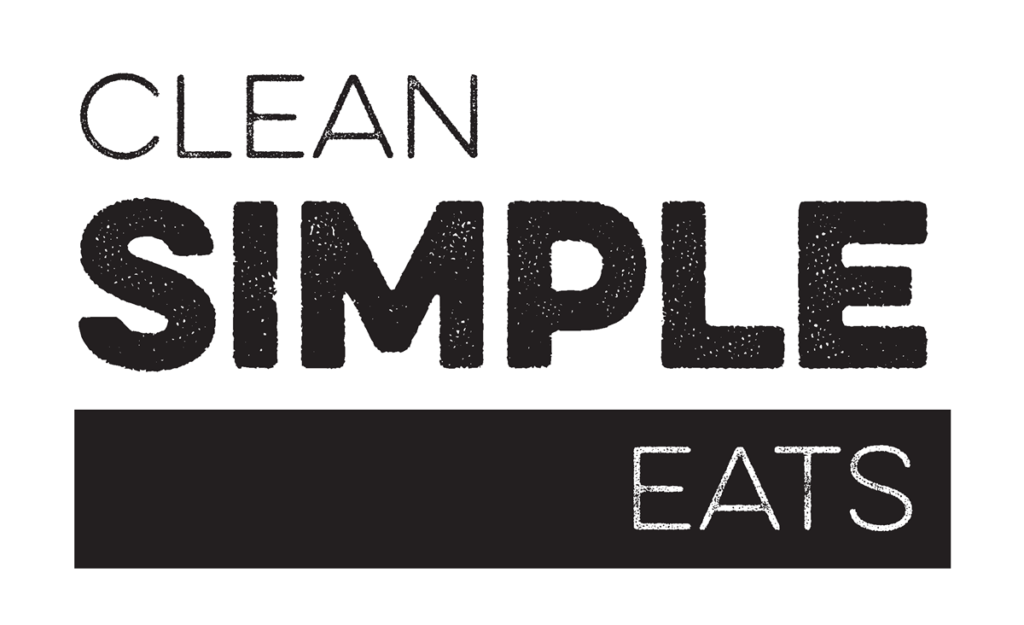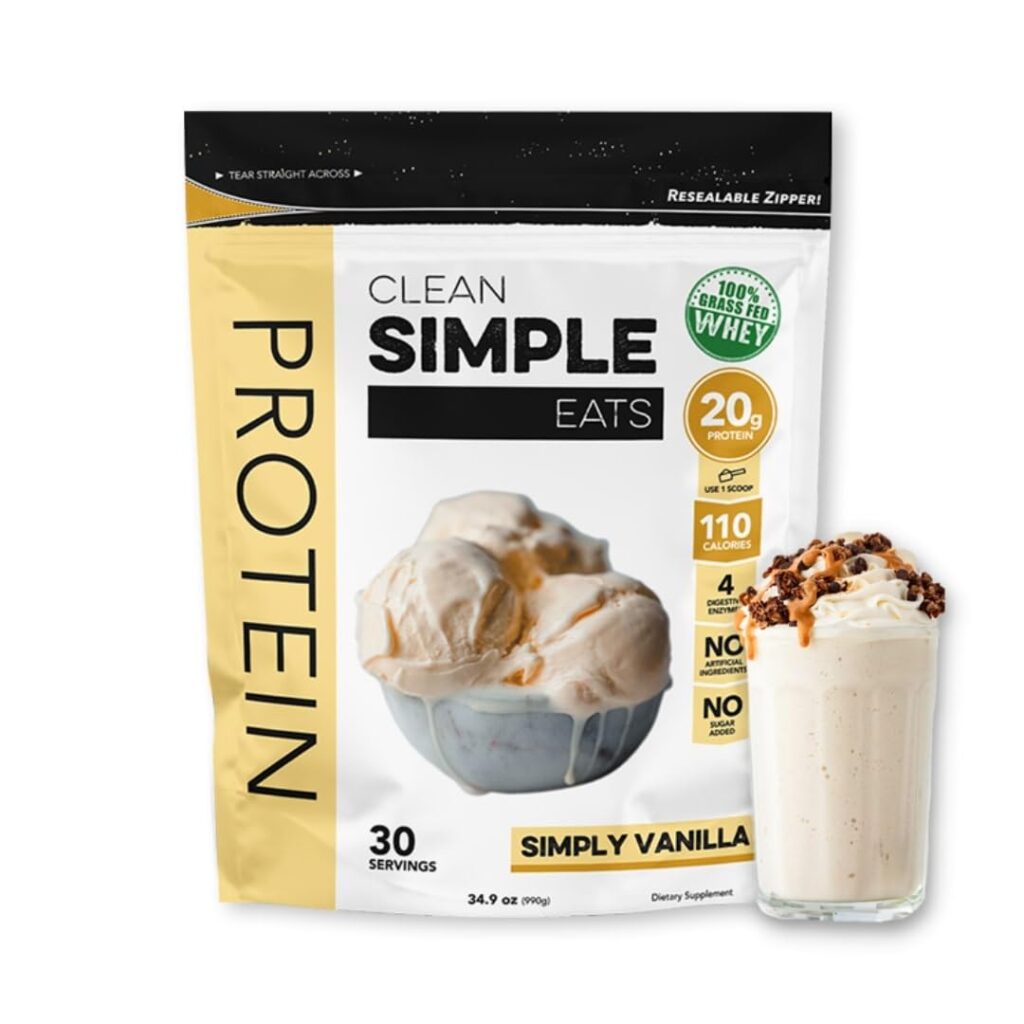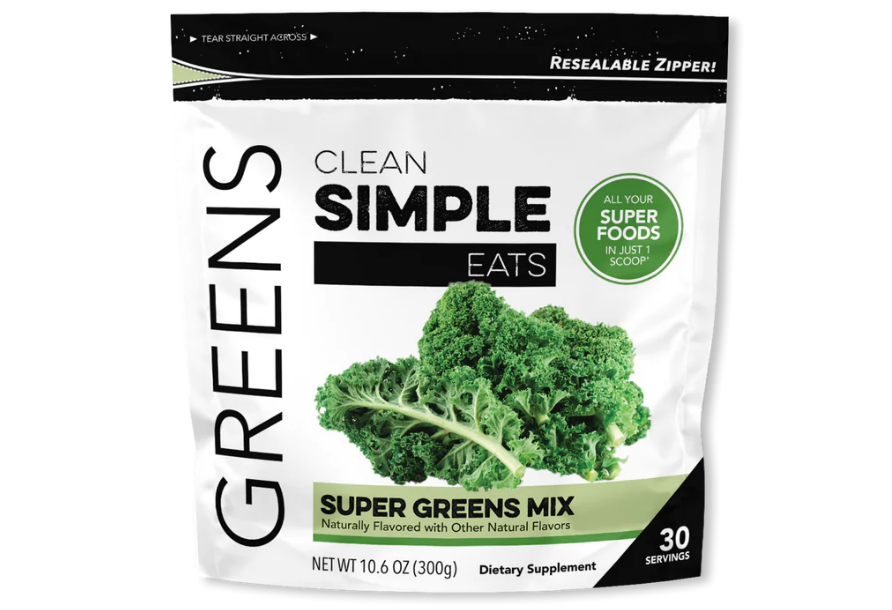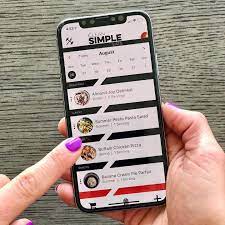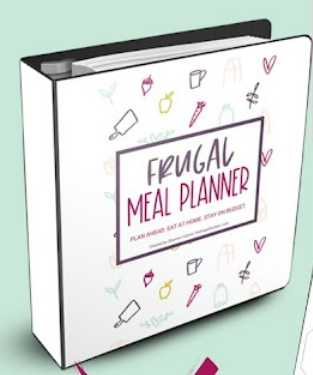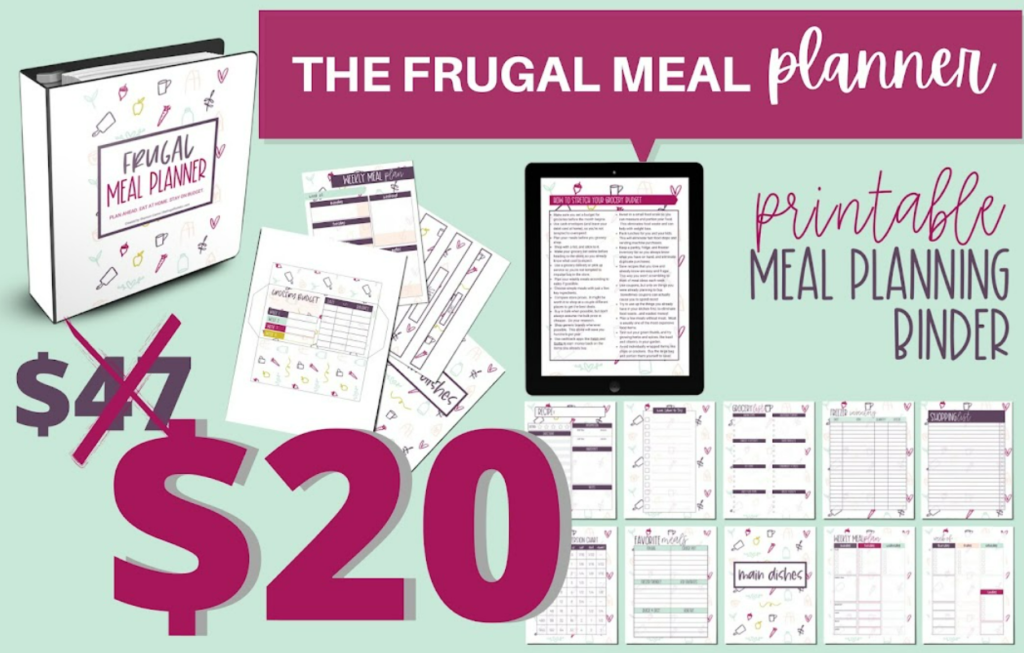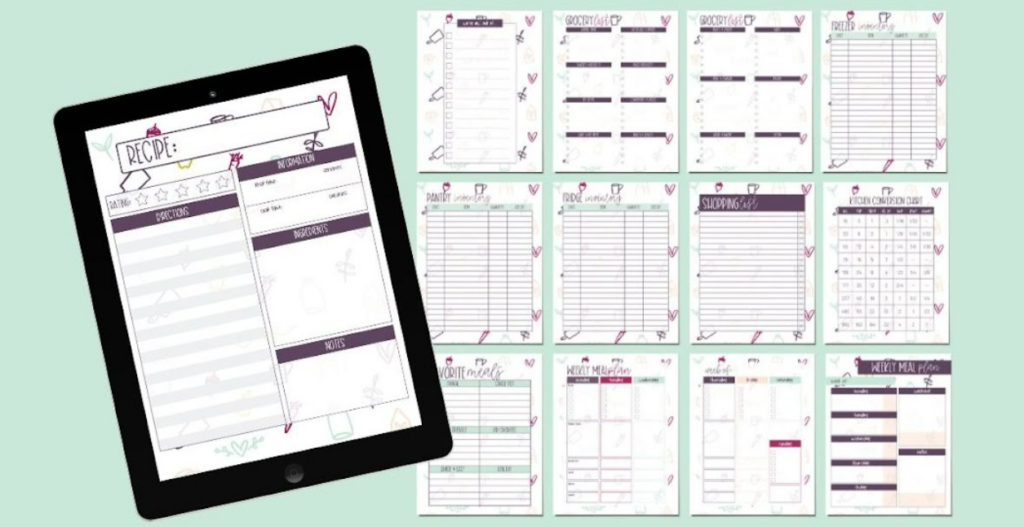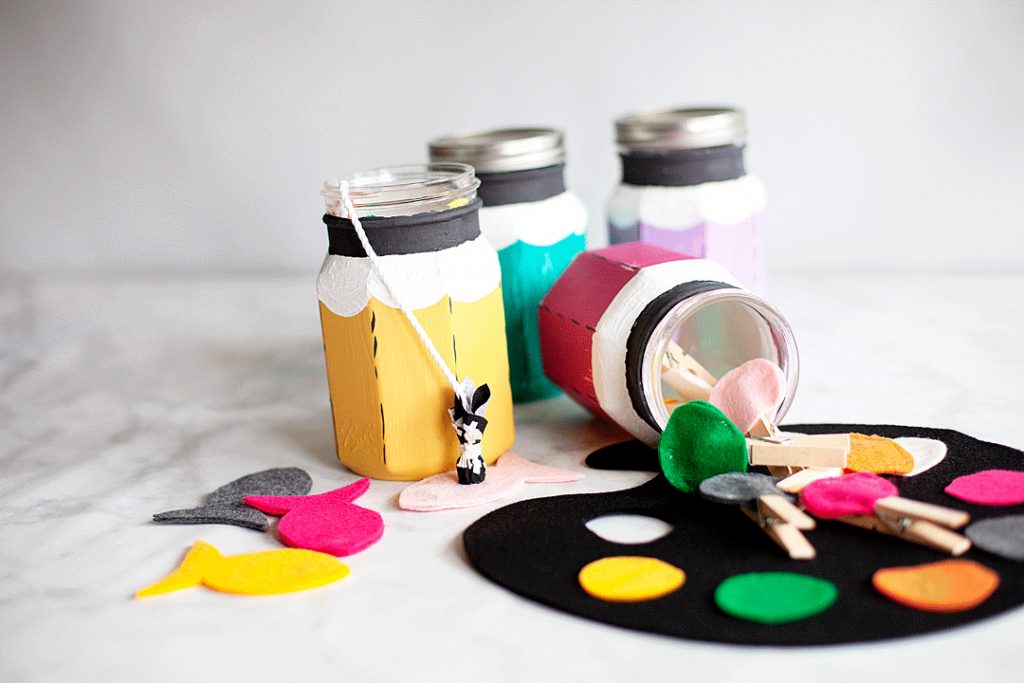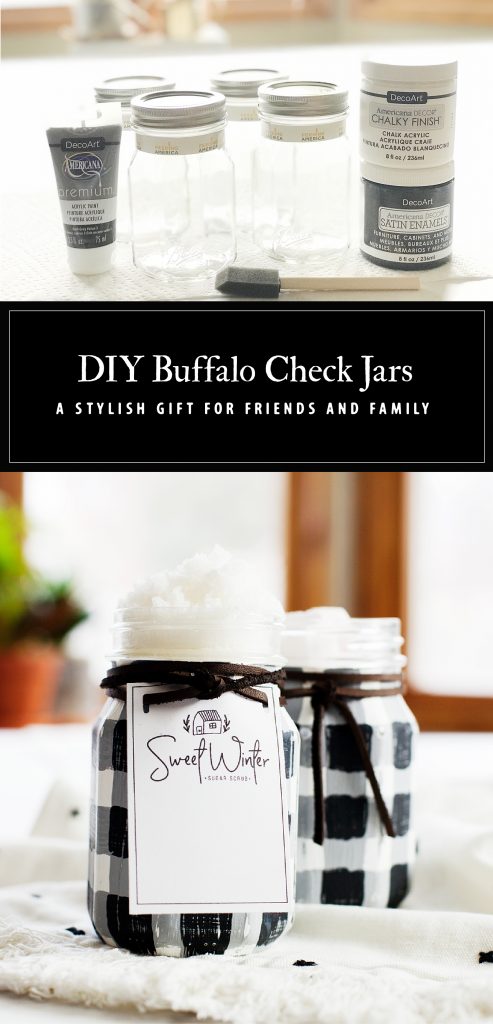Yes, you can spray chalk paint to apply it but there are few things you can mess up. In this post, I’m going to get into everything you need to know about spraying chalk paint.
What is Chalk Paint and Why Use It?
Chalk paint is amazing, especially if you like doing DIY projects or making old things look new and trendy. Imagine you have an old chair or a table that looks kind of boring.
With chalk paint, you can give it a whole new look that’s stylish. It’s kind of like giving your furniture a fun makeover!
So, what exactly is chalk paint? It’s a special kind of paint that has a velvety, matte finish. This means it’s not shiny like some paints, but has a more smooth and chalky look (that’s why it’s called chalk paint!).
What’s great about chalk paint is that you don’t have to do a lot of prep work before you start painting.
Usually, when you paint something, you have to spend a lot of time sanding and priming, but chalk paint sticks to most surfaces without all that extra work.
Can You Spray Chalk Paint? Here’s What You Need to Know
Can chalk paint be sprayed? Yes you can totally spray in chalk paint! In fact, it’s one of the best ways to apply it.
I remember the first time I tried it. I was a bit nervous because I was used to brushing on the paint, but I was curious to see if spraying could make the job easier and faster.
And guess what? It did! There are a couple of ways you can do it. You can get chalk paint in super convenient aerosol cans.
Or, if you’re like me and want more control over the project, you can use a paint sprayer. I went with the paint sprayer method because it does a better job.
Now, using a paint sprayer isn’t exactly like using a can of spray paint from the hardware store. It’s a bit more of a science but don’t worry, you can do it!
There’s a main difference between spraying chalk paint and brushing it that you don’t want to mess up.
The key is getting the chalk paint to the right consistency. It needs to be thinner than if you were using a brush. The first time I tried, I didn’t thin the paint enough, and it clogged the sprayer – oops! But, live and learn, right?
Once I got the hang of it, it was like opening a door to a whole new world of painting.
How Long Does Chalk Spray Paint Last?
Chalk spray paint lasts for several years but there are a few important factors to consider like the surface type, quality of paint, and environment.
- Surface Type: It adheres differently to various surfaces. On smooth, non-porous surfaces like glass or metal, it may last longer compared to porous surfaces like concrete or wood.
- Environmental Conditions: Exposure to rain, wind, and sunlight can significantly affect its durability. In mild weather conditions without much rain or wind, it can last longer, often several days to a few weeks.
- Foot Traffic: On surfaces with high foot traffic, like sidewalks, it will wear away more quickly.
- Quality of Paint: Higher quality spray chalk paints may offer better adherence and longer-lasting results.
What Equipment Do You Need to Spray Chalk Paint?
Alright, let’s talk about the gear you need to spray chalk paint. It’s kind of like gearing up for a mini adventure in your backyard or garage!
When I first decided to spray chalk paint, I realized it’s not just about having the paint – you need the right tools to make the magic happen. So, let me walk you through what you’ll need.
1. Paint Sprayer: This is your main tool. There are lots of types, but I like handheld ones because they’re easy to handle, especially for beginners. They’re perfect for spraying chairs, frames, and all sorts of cool stuff.
2. Protective Gear: Safety is key! You’ll need a mask to avoid breathing in paint particles (learned that the hard way!), gloves to keep your hands clean, and goggles to protect your eyes. It’s like your DIY armor.
3. Thinning Agent: Chalk paint is thick, so you need to thin it out. Water usually does the trick. Aim for a thin milkshake consistency – not too runny, not too thick.
4. Cleaning Supplies: After the fun, clean your sprayer with warm soapy water, maybe some vinegar. It’s a bit boring but super important to keep your gear ready for your next project.
And that’s it! With this gear, you’re all set to transform something old into your next masterpiece.
Is Chalk Spray Paint Permanent?
Yes, chalk spray paint is permanent. Well, kind of. It’s just a permanent as all other chalk paints but there is a process you can use to remove it. It doesn’t just wash off with water. You have to manually remove it but it can fade a bit or get chipped over time if you don’t apply a chalk paint wax or sealant.
I go into more detail about that here.
How Do You Spray Chalk Paint Without Messing Up?
To spray chalk paint without messing up you have to make sure the paint is thin enough, the surface is prepped, avoid wind, and make sure to let it dry properly. Chalk paint has a tendency to drip and run a lot if you don’t spray it consistently. You have to make sure you are spraying from the same distance without getting too close or too far away at any time.
- Prep the Surface: Clean your item, like a chair or a table, so it’s ready for paint. Imagine you’re bathing it before its big makeover.
- Thin the Paint: Mix your chalk paint with water until it’s like a smoothie – not too thick, not too watery.
- Start Spraying: Hold the sprayer like a superhero’s gadget and spray the paint in smooth, even strokes. It’s like drawing with a big marker that sprays paint!
- Let It Dry: After you’re done, let your masterpiece dry. It’s hard to wait, but it’s worth it!
Remember, if you make a little mess or it’s not perfect, it’s okay. It’s all about having fun and creating something cool!
How Can You Remove Chalk Spray Paint?
To remove chalk spray paint from furniture, first clean the surface. Use a suitable paint remover, gently scrub or sand if necessary, and then wipe clean. Test the method on a small area first and consider a professional for valuable or antique pieces. Always follow safety guidelines.
I wrote a more detailed post about removing chalk paint that goes into detail.
Good Luck With Your Chalk Spray Paint Project!
If you have any questions about anything related to spraying chalk paint make sure to leave a comment below. I love hearing from you!
